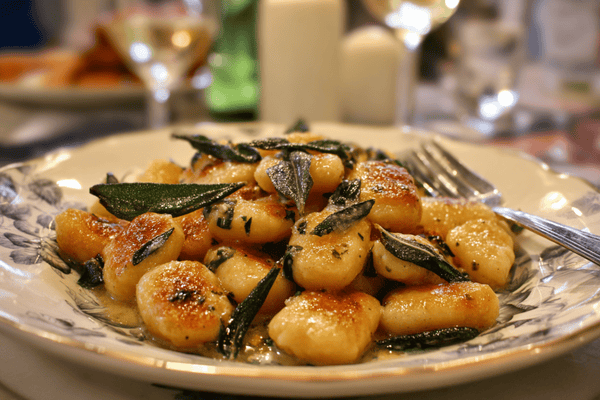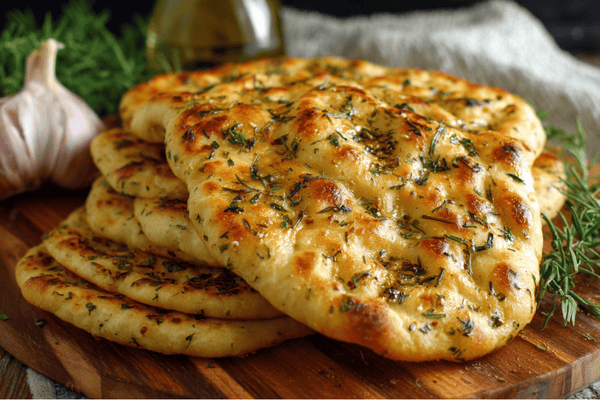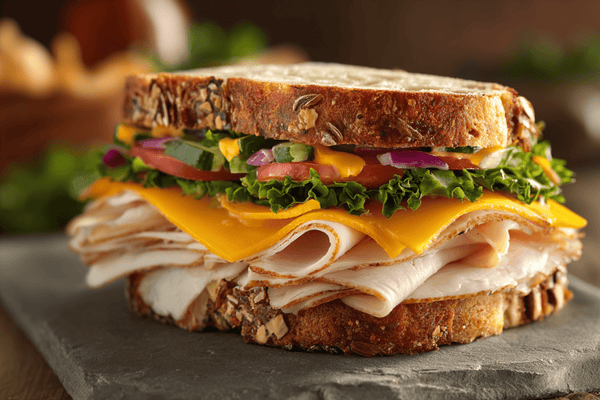
When it comes to breakfast, few things can rival the simplicity and versatility of a perfectly cooked over easy egg. Whether you're in the mood for a classic bacon and eggs breakfast or want to add protein to your avocado toast, over easy eggs are a great choice. But what exactly are over easy eggs, and how do you make them? In this beginner's guide, we'll explore everything you need to know about this breakfast staple.
What Are Over Easy Eggs?
Over easy eggs are a classic breakfast preparation that involves cooking eggs on both sides while maintaining a runny yolk. The term "over easy" refers to the technique: cooking the egg on one side until the whites begin to set, then carefully flipping it "over" and cooking the other side "easy" (lightly) to maintain the runny yolk while setting the whites completely.
If you're interested in exploring other egg preparations, check out our guides on ways to cook eggs, Mexican scrambled eggs, or egg foo young for more inspiration.
The History of Over Easy Eggs
While eggs have been a popular breakfast food for centuries, the specific preparation method we now call "over easy" became standardized as American diners and restaurants grew in popularity during the early-to-mid 20th century. Short-order cooks needed precise terminology to communicate with kitchen staff in busy environments, leading to specific egg-cooking terms that would clarify exactly how customers wanted their eggs prepared.
The Benefits of Over Easy Eggs
Over easy eggs are not only delicious but also nutritious. Eggs are a good source of protein and contain various vitamins and minerals, including:
- Protein important for muscle maintenance and growth
- Vitamins including A, D, and B-complex vitamins
- Minerals such as iron and phosphorus
- Choline, which supports brain health
Eggs are relatively low in calories while being nutrient-dense, making them a satisfying breakfast option.
Food Safety Considerations
While over easy eggs with runny yolks are a breakfast favorite, it's important to understand the food safety aspects. According to food safety guidelines, eggs should be cooked thoroughly to eliminate potential bacteria.
Over easy eggs with runny yolks don't reach the temperatures needed to eliminate all potential bacteria, which presents a food safety risk. To minimize this risk:
- Use only fresh, properly refrigerated eggs from reputable sources
- Keep eggs refrigerated until ready to use
- Wash hands and all cooking surfaces before and after handling raw eggs
- Serve and consume over easy eggs immediately after cooking
Special consideration: Pregnant women, young children, elderly individuals, and those with compromised immune systems should avoid undercooked eggs with runny yolks due to increased risk of foodborne illness.
Many people without these risk factors regularly enjoy over easy eggs with runny yolks. This guide presents the technique while acknowledging that the choice to consume eggs with runny yolks is a personal decision regarding acceptable food safety risk.
For more information on food safety in the kitchen, visit our guide on knife and basic kitchen safety rules.
Perfect Over Easy Eggs Recipe
Ingredients
- 2 large fresh eggs
- 1 tablespoon unsalted butter (or cooking oil of choice)
- Salt and freshly ground pepper to taste
Equipment
- 8-10 inch non-stick skillet or well-seasoned cast iron pan
- Thin, flexible spatula (silicone or metal for cast iron)
- Plate for serving
Instructions
- Prepare your pan: Heat a non-stick skillet over medium heat. Allow the pan to preheat for 2-3 minutes.
- Add fat: Add butter to the pan and swirl until melted and evenly coating the bottom. The butter should sizzle gently but not brown.
- Add eggs: Crack eggs one at a time into the pan, being careful not to break the yolks. Leave space between eggs if cooking multiple.
-
Cook first side: Cook eggs for 2-3 minutes until:
- Whites change from transparent to opaque white
- Edges become slightly crispy
- Whites around yolk are set but still appear slightly glossy
- Prepare to flip: Once whites are mostly set but before yolks firm up, prepare to flip. Gently slide your spatula under each egg, making sure it's completely free from the pan.
- Flip carefully: In one quick, confident motion, flip each egg. For beginners, you may flip one at a time.
- Cook second side: Cook for 15-30 seconds for runny yolks, or up to 1 minute for slightly firmer yolks.
-
Check doneness: A perfect over easy egg has:
- Completely set whites with no transparent or runny portions
- Intact yolk that's still runny when pierced
- Light golden color on both sides
- Serve immediately: Use your spatula to transfer eggs to a warmed plate. Season with salt and pepper to taste and serve right away.
If you're looking to expand your cooking skills, you might want to learn about how to saute or check out our guide on how to grill steak for more cooking techniques.
Tips for Perfect Over Easy Eggs
- Choose the right pan: A non-stick pan or well-seasoned cast iron skillet works best for beginners. The smooth surface makes flipping much easier. Learn more about selecting the right cookware in our guide to what makes a great cooking pan.
- Control your heat: Medium heat is ideal. Too hot and the whites will crisp before they set; too cool and the eggs may stick.
- Break eggs into a small bowl first: This prevents shell fragments from ending up in your pan and allows you to slide eggs in gently.
- Don't rush the first side: Patience is key—the whites should be almost completely set before attempting to flip.
- Use the right spatula: A thin, flexible spatula will slide under eggs more easily than thick, rigid ones.
- Practice the flip: If you're new to flipping eggs, try the technique with a piece of bread first to get comfortable with the motion.
Troubleshooting Common Issues
Broken Yolk When Flipping
If you break the yolk while flipping, you can quickly adjust to make scrambled eggs by gently stirring, or continue cooking for a "broken" over-medium egg.
Whites Spreading Too Much
If the egg whites spread too much when added to the pan, your pan might not be hot enough. Next time, make sure the pan is properly preheated before adding eggs.
Overcooked Yolk
If your yolk becomes firm when you wanted it runny, you likely cooked it too long after flipping. Remember that carryover cooking continues even after removing from heat—slide the egg onto your plate when the yolk is slightly softer than your desired doneness.
Eggs Sticking to the Pan
If eggs stick despite using a non-stick pan, your pan might be damaged or the heat may be too high. Ensure adequate fat (butter or oil) coats the cooking surface completely. For more on selecting the right pan, read our article on the different types of frying pans.
Delicious Ways to Serve Over Easy Eggs
Over easy eggs are incredibly versatile. Here are some delicious ways to enjoy them:
-
Classic breakfast: Serve with bacon or sausage, toast, and breakfast potatoes. For a twist on breakfast potatoes, try our crispy air fryer potato wedges or how to make fresh hash browns guide.
- Avocado toast upgrade: Top avocado toast with an over easy egg and a sprinkle of red pepper flakes. You might also enjoy our fresh avocado lime ranch salad recipe.
- Breakfast sandwich: Place between toasted English muffin halves with cheese and Canadian bacon. For more breakfast inspiration, check out our breakfast pizza recipe.
- Rice bowl topper: Add to a bowl of steamed rice with sautéed vegetables and a drizzle of soy sauce. Try our saffron rice as a delicious base.
- Salad enhancement: Place atop a green salad—the runny yolk creates a rich, natural dressing when broken. For salad ideas, see our burrata salad recipe.
Frequently Asked Questions
What's the difference between over easy, over medium, and over hard eggs?
- Over easy: Whites completely set, yolk still runny
- Over medium: Whites completely set, yolk partially set (slightly runny in center)
- Over hard: Whites and yolk completely set throughout (similar to a hard-boiled egg yolk)
Are over easy eggs safe to eat?
Over easy eggs contain runny yolks that haven't reached the temperature needed to destroy all potential bacteria. While many people consume runny eggs without issues, there is a risk of foodborne illness, particularly for vulnerable populations. Use fresh eggs from reliable sources to minimize risk.
What's the difference between over easy and sunny-side up eggs?
The main difference is that over easy eggs are flipped and cooked briefly on both sides, while sunny-side up eggs are only cooked on one side, leaving the yolk visible on top.
What's the best pan for cooking over easy eggs?
A non-stick skillet is ideal for beginners. More experienced cooks might prefer a well-seasoned cast iron pan, which provides excellent heat retention but requires more skill to prevent sticking. Learn more about different pan options in our article about what is a skillet.
Can I make over easy eggs without flipping them?
No—the defining characteristic of over easy eggs is that they're cooked on both sides. If you're concerned about breaking the yolk when flipping, you might prefer sunny-side up eggs, which are cooked only on one side.
Conclusion
Over easy eggs are a simple yet versatile breakfast option that, with a little practice, anyone can master. The perfect over easy egg features fully set whites and a deliciously runny yolk that creates a natural sauce for toast, potatoes, or whatever else you choose to serve it with.
While there are some food safety considerations to keep in mind, following proper handling techniques and using fresh eggs can minimize risks for most healthy adults. With the techniques and troubleshooting tips in this guide, you'll be cooking perfect over easy eggs in no time.
For more breakfast inspiration, check out our classic French toast with maple syrup drizzle or fluffy pancakes recipes.


